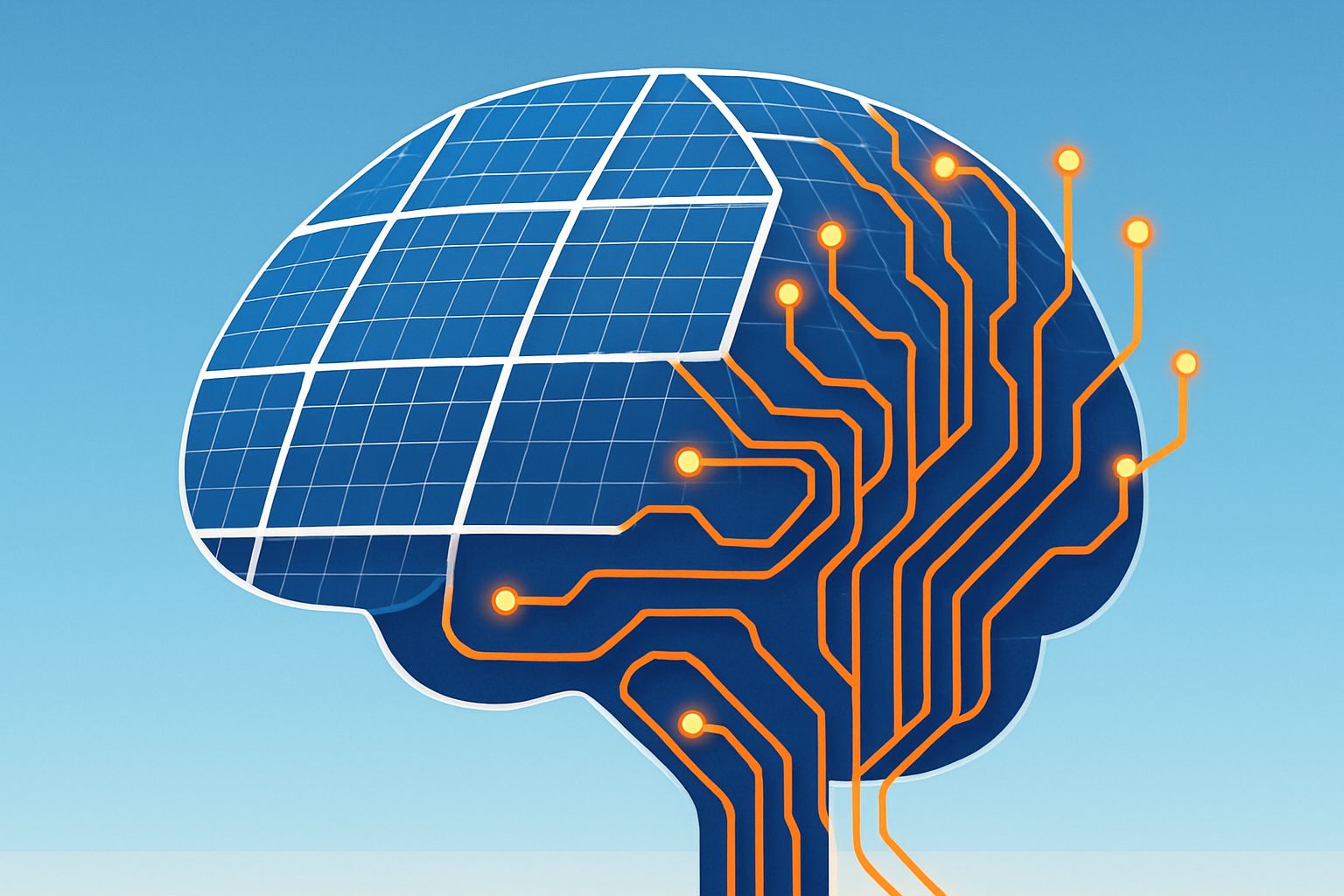
AI CERTS
37 minutes ago
Energy AI Drives Verified 19% Solar Yield Uplift Debate
Early vendor claims mention 19% yield jumps. Nevertheless, peer-reviewed studies show mixed yet encouraging evidence. Therefore, professionals must separate marketing hype from independently validated results.

This article dissects those numbers using recent research. Additionally, it maps practical steps for verification and wider deployment. Readers will grasp where Sustainability and Renewable Energy benefit most. Industry leaders now treat Energy AI as a strategic asset.
Energy AI Market Gains
Consultancies forecast notable upside when digital tools span the solar lifecycle. Moreover, BCG expects 15–25% efficiency boosts when multiple levers combine.
Still, single interventions usually deliver modest growth. In contrast, aggregated programs that align forecasting, tracking, and dispatch unlock the higher end of that range.
Energy AI shines when it orchestrates these layers across cloud and edge systems. Consequently, operators squeeze extra megawatt-hours without erecting additional panels.
Combined software levers drive the real gains. However, understanding each technique remains crucial.
Key Solar Optimization Methods
Multiple AI modules target specific loss categories. For example, ML forecasting trims imbalance penalties by refining intra-day schedules.
Meanwhile, tracker optimization algorithms adjust tilt angles dynamically. Therefore, shading and terrain effects diminish.
Module-level power electronics receive Energy AI insights for smarter maximum power point tracking. Additionally, computer-vision drones accelerate fault detection and soiling assessment.
- Weather-based forecasting refinement
- Tracker backtracking optimization
- Module-level power electronics tuning
- Predictive maintenance scheduling
- Market and storage dispatch
Storage and market scheduling form the final layer. Consequently, batteries discharge when prices peak, raising revenue per kilowatt-hour.
These tools tackle different loss drivers. In contrast, their synergy produces outsized performance.
Measured Performance Gain Ranges
Peer-reviewed meta analyses paint a nuanced picture. Moreover, most single mechanisms yield 2–6% annual improvement.
Vendor reports occasionally cite double-digit results. Nevertheless, independent engineering audits usually confirm only the lower band.
When several interventions operate concurrently, gains can approach the touted 19%. However, combining hardware upgrades muddies attribution.
Energy AI case studies from leading trackers illustrate this spread. Additionally, TrueCapture projects validated 1–4% increases under standard conditions, soaring higher in shaded sites.
Evidence converges on a 3–20% band. Therefore, practitioners should validate each claim meticulously.
Leading Industry Players List
Hardware providers integrate analytics inside trackers and inverters. For instance, Nextracker, Array Technologies, and Soltec refine row angles continually.
Inverter firms such as SolarEdge and Huawei ship edge computers that crunch telemetry locally. Consequently, power point tracking becomes more responsive.
Software specialists cover forecasting, O&M, and trading. Moreover, Schneider Electric and several startups offer cloud dashboards that orchestrate Energy AI workflows.
Robotics entrants like Terabase speed construction and cleaning. Additionally, drone providers automate infrared inspections that underpin Sustainability reporting.
The ecosystem now spans hardware, software, and services. Consequently, procurement teams face a complex menu.
Key Challenges And Caveats
Data quality often limits achievable uplift. Furthermore, missing irradiance sensors hamper model accuracy.
Cybersecurity adds another layer of risk. Therefore, operators should evaluate vendor patch policies and cloud controls.
Many impressive percentages rely on simulations. Nevertheless, investors demand independent engineering sign-off before accepting assumptions.
Attribution complexity also persists. In contrast, controlled trials with weather normalization clarify the real Energy AI contribution.
Understanding these caveats protects capital. Moreover, clear governance accelerates Sustainability adoption.
Verification Best Practice Steps
First, request raw SCADA data covering at least one year before and after tuning. Additionally, collect simultaneous weather records.
Second, normalize production against global horizontal irradiance. Consequently, seasonal variation will not distort conclusions.
Third, engage an independent engineer to run the comparison. Furthermore, ensure hardware changes have been documented.
Professionals can enhance their expertise with the AI Cloud Architect™ certification. Subsequently, credentialed staff can audit Energy AI deployments confidently.
Following these steps builds investor trust. Therefore, validated numbers improve Renewable Energy financing terms.
Solar operators stand at a pivotal juncture. Energy AI can unlock measurable gains when implemented responsibly.
However, evidence shows a broad range of outcomes. Consequently, rigorous verification remains non-negotiable for Sustainability commitments.
Independent data normalization, transparent reporting, and certified talent create that rigor. Additionally, Renewable Energy investors reward such discipline with lower capital costs.
Therefore, now is the time to evaluate existing portfolios, pilot combined optimizations, and publish validated results. Explore the certification above and lead the next efficiency wave.



